HiFiCompass
PuriWave (Purifi PTT6.5X08-NFA-01+Viawave SRT-7)
The design concept and speaker drivers selection
The idea for two-way loudspeakers using Viawave SRT-7 ribbon tweeters came to my mind immediately after testing them, because I was very impressed with their performance. As far as I know, these are the only ribbon tweeters with such a small membrane area, capable of operating with low distortion down to 2 kHz, which already allows them to be successfully mated with six-inch midwoofers. Usually, the 2 kHz crossover point is an unattainable limit for ribbon tweeters when it comes to high fidelity sound reproduction. Only tweeters with larger ribbons can afford this, but not for free, but at the cost of a significant narrowing of the vertical radiation pattern, which immediately puts them in front of a barrier to use in small rooms. I have yet to come across a good-sounding loudspeaker with large ribbon tweeters that doesn't cause discomfort due to improper soundstage formation.
While I unhurriedly figured out which midwoofer could make a decent pair for the SRT-7, the decision came by itself. A friend of mine from the Netherlands, who had a pair of the six-inch eight-ohm Purifi PTT6.5W08-01B midwoofers, asked me for help in "marrying" Viawave tweeters with Purifi midwoofers. Actually, it was his desire that gave the final impetus to my thoughts. The best ribbon tweeter to date and an amazing paper midwoofer in one harness - well, what could be more interesting?!
The name of the PuriWave project comes from the names of the brands Purifi and Viawave and means "Pure Wave"![]() .
.
The design
The project was originally conceived for manufacturing in amateur conditions, therefore, its design must satisfy the following logical requirements:
- Simple, unpretentious form
- Availability of materials for the loudspeaker cabinet
- Easy to manufacture parts and assemble the cabinet
- Acceptable aesthetic appearance
- Satisfying basic acoustic requirements
The best design, that meets all of the above requirements, turned out to be a classic construction in the form of parallelepiped, which some people like to call "shoebox" or "birdhouse". The material is most common 21mm plywood or 22mm MDF, I would not recommend smaller thicknesses. Simple butt gluing with clamps at an angle of 90 degrees. Front panel chamfers at 45 degrees. Internal braces and ribs are very simple but optimally placed. Internal sound absorber of ordinary foam rubber and furniture felt. There is probably nothing easier than you can imagine.
Yes, there are trade-offs, but what about without them? Yes, there are no intricate non-parallel walls or curved surfaces, but the cabinet proportions are chosen in such a way as to minimize the superposition of the resonant frequencies of internal standing waves. Yes, there are questions about the interference-diffraction effects from the front panel, but many tend to greatly overestimate the significance of these phenomena. Yes, the cabinet is not made of marble or air grade aluminum, but it is made of an inexpensive, technologically advanced and easily accessible material. Nevertheless, in my opinion, it is this design that is the most optimal and provides at least 85% of what is required from a loudspeaker cabinet. Fighting for every percentage point closer to perfection and improving one of the five requirements listed above will cost you a significant increase in production labor and financial costs.
This design allows some freedom to change the size and type of chamfers of the front panel to your taste, up to rounding, this will not significantly affect the final result. Front panel dimensions and precise speaker placement are undesirable as they may require crossover adjustment.
The project is largely a spin-off of my previous project PuriBliss-BeWg, taken as a basis, therefore, the details of the low-frequency design can be found here.
A few photos of the finished project in the home interior:
The speaker drivers measurements in the loudspeaker cabinet
The graphs below show the frequency responses of the midwoofer and the tweeter in the loudspeaker cabinet without a crossover, as well as their step and impedance responses (the midwoofer in a cabinet with passive radiators). The axis perpendicular to the front panel and crossing it between the speaker flanges was chosen as the main axis of the loudspeaker. Other measurement conditions are indicated in the headings of the graphs. I draw your attention to the fact that the frequency response is given without smoothing, with measuring time windows of 50 ms for the midwoofer and 3 ms for the tweeter:
As you can see, the cabinet is very friendly for the selected speakers in terms of harmful diffraction, which manifested itself only as a small dip in the frequency response of the tweeter in the 2.6 kHz region. Between 350 and 700 Hz the midwoofer's frequency response shows "baffle-step loss". The speaker's frequency responses in the cabinet is quite smooth and does not imply any problems when designing a crossover.
A nice bonus of using a ribbon tweeter in this project is that there is no need for a stepped or sloping front panel for the speaker responses time alignment, since the tweeter membrane is located deep behind the plane of the mounting flange. Due to this, the acoustic centers of the midwoofer and tweeter are almost in the same plane:
 The beginnings of the fronts of step responses almost coincide with each other. To be precise, the tweeter leads the midwoofer by only 20 microseconds, which corresponds to a difference of 7 mm in the path of the sound wave. For a crossover frequency of about 2.2 kHz, this corresponds to a phase shift of only 16 degrees, so the timing between the tweeter and midwoofer can be considered quite acceptable without additional design measures.
The beginnings of the fronts of step responses almost coincide with each other. To be precise, the tweeter leads the midwoofer by only 20 microseconds, which corresponds to a difference of 7 mm in the path of the sound wave. For a crossover frequency of about 2.2 kHz, this corresponds to a phase shift of only 16 degrees, so the timing between the tweeter and midwoofer can be considered quite acceptable without additional design measures.
As you can see from the midwoofer impedance graph, the parasitic standing waves inside the cabinet are well suppressed.
The crossover. The loudspeaker mesurements
This happened in the case of PuriWave too. Of all the crossover versions I settled on two, which has certain advantages and has every chance of winning the fight for its listener. The hidden section below shows the intermediate crossover versions and their frequency responses, carefully optimized and listened to. I know that among you there are lovers of listening to beautiful graphs with your eyes, therefore, you can safely choose and order the most beautiful crossover version, looking only at the frequency response!![]()
It's funny that even the most minimalistic version #6 provides a fairly flat frequency response and good sound.
So, version #1:
The crossover is an evolution of version #3 and provides a filtering and summing implementation close to the 4th order Linkwitz-Riley type (LR4). Both speakers are connected with the same polarity. The C3-L3-R3 chain serves to correct the excess power emitted in the 5 kHz region. Capacitor C4 is optional and helps to regulate the "airiness" in the top octave.
The values of the R2, R3 and C4 parts, which determine the behavior of the frequency response in the high frequency region, are very dependent on the acoustic listening environment and need local correction. The necessary recommendations are given in the documentation for the project.
Yes, you must not forget that your room is literally an extension of loudspeakers and that unknown in the equation of good sound that no one but you can find. And there are no such loudspeakers, except for cases of absolute luck, which, after unpacking and connecting, immediately sing perfectly. You always have to tinker with the loudspeakers placement, acoustic treatment of the room, the selection of components and cables. In this regard, any DIYer has an undeniable advantage over consumers of branded loudspeakers, since he has access to the heart of the loudspeaker - its crossover - even at the building stage.
Here are the final on-axis and off-axis measurements of the loudspeaker with the first version of the crossover, providing optimal sound in my listening room:
Version #2: The crossover is an evolution of version #3 and provides a filtering and summing implementation close to the 2nd order Linkwitz-Riley type (LR2). The tweeter is inverted with respect to the midwoofer. The steepness of the filtering is minimal (the first electrical order at high frequencies and even less than the first at low frequencies), so the area of mutual operation of the speakers is noticeably expanded.
The C2-L2-R3 chain serves to correct the excess power emitted in the 5 kHz region. Capacitor C4 is optional and helps to regulate the "airiness" in the top octave.
The values of the R2, R3 and C3 parts, which determine the behavior of the frequency response in the high frequency region, are very dependent on the acoustic listening environment and need local correction. The necessary recommendations are given in the documentation for the project.
Below is the low-frequency response measured using the "Microphone-In-Box" technique, which matches the simulation in VituixCAD almost perfectly in the range up to 200 Hz. Note that the curve is completely unsmoothed and reflects the speaker's behavior under ideal conditions, uncontaminated by room resonances: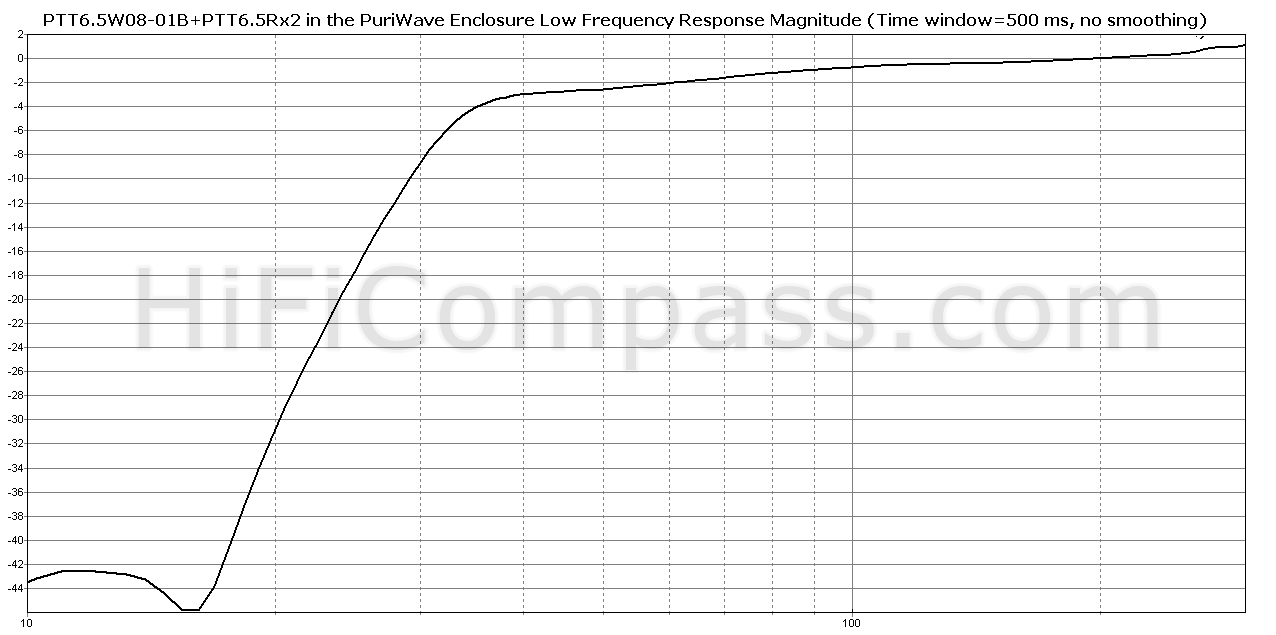
The sound
After you've indulged yourself with beautiful pictures, it's time to move on to the section that I consider the most important of all, as I deeply believe that no amount of measurements, graphs, diagrams and pictures can give a complete impression about the loudspeaker sound. Of course, one can draw some conclusions and predict general trends, but nothing more.
For example, let's take two loudspeakers that have to a reasonable extent identical objective measurements, one of which is assembled on speakers with paper and silk membranes and the other on the speakers with aluminum membranes. To this day, I am not aware of any objective research methods available to us and loudspeaker manufacturers that can reliably predict or explain significant sonic differences between these loudspeakers. The speaker membrane material definitely plays a significant role in the sound character.
I believe that in the future this will definitely become possible, because science does not stand still. Humanity is waiting for many discoveries in the future. Just as five hundred or a thousand years ago we could observe, but could not explain many physical phenomena, so now we are simply at the edge of scientific achievements and a certain stage in our evolution and understanding of the world around us. Accept this fact calmly![]() .
.
I will try, as far as I can, to formulate my subjective impressions of the sound of PuriWave speakers, based on generally accepted definitions of sound characteristics. After all, auditory impressions are the final product consumed by our brains.
Soundstage (sound picture)
In general, the entire sound picture is located behind the speakers, with the exception of individual high-frequency sounds strongly panned into one of the channels, which are localized almost in the front plane of the loudspeaker. The scale is not so impressive, the width does not go beyond the loudspeaker and the height slightly exceeds their vertical size. Localization and focusing are excellent, the contours of sound images are very clearly visible and not blurry.
Depth (separation in depth) with the second version of the crossover is excellent, the separation of musical instruments in space is well felt. The three-dimensionality of the sound canvas and the sound perspective are felt from the first notes. Sound images are well visualized, there is air between them. With the first version of the crossover such 3D sensations are noticeably less pronounced.
Transparency is very high over the entire frequency range. The impression of crystal clarity and purity of the sound canvas. No hint of cloudiness or veil with the first version of the crossover.
The concert hall atmosphere rendering is not the best I've heard. The reverberation is weakened, the visualization of the hall is difficult and its dimensions are hardly guessed.
In general, the physicality, fullness and relief of sound images are not very pronounced. A perfectly visible skeleton, on which there is not much meat.
When listening from a distance of 2-2.5 meters, the sound stage is quite stable. Perceptible spatial transformations, interference effects and timbre distortions are not observed when shifted of the sweet point by +/- half a meter horizontally.
Dynamic characteristics
Microdynamics - the study of the dynamic nuances of all small and quiet details is just fantastic. Ultra-high resolution and ultra-fast response of the tweeter, coupled with very low mechanical losses in the midwoofer, do their job.
Macrodynamics - thanks to the very low distortion of both drivers, the loudspeaker has an explosive character without a hint of overload and noticeable compression, even at high sound pressure levels. Due to the tweeter inertialessness the sound attack is processed simply at lightning speed with clear time contours. Everything is very lively and realistic in time.
Timbre
Tonal balance is close to neutral with a slight deliberate emphasis on the mids, without which the sound would be rather thin. The sound is plastic with a warm tone.
Harmonic saturation (richness) is at a natural level, not biased towards excessive colorfulness and not towards sterility.
Bass, for a bookshelf loudspeaker of this size, is deep, tight, dynamic, weighty and solid. It is elastic like a tightly stretched rope and beats like a sledgehammer. Non-bloated and non-buzzy, non-greasy, well-structured and precise.
The drums are very dynamic and punchy. The double bass and cello are as alive, well readable, with many shades (halftones). The piano sounds with excellent attack, energy and well-defined hammer strikes. The bass guitar is very embossed and really growling.
Mids are very natural, detailed, transparent and dynamic.
Highs are entirely due to the nature of the ribbon tweeter. They have a very natural and softened presentation. They are super-fast and sparkling, no sluggishness and blurring of the sound attack. Sharp and lightning fast, but not harsh, not annoying, not tiring.
The SRT-7s don't have the brutality we're used to hearing from metal dome tweeters. The clanging and ringing of the percussion is not as realistic, and the apparent thickness of the cymbals is less than usual. They don't have the rich tone and depth of a silk tweeters.
Nevertheless, the timbre and percussion attack are transmitted very correctly, therefore, metal cymbals sound very clear, transparent, clear and exactly like real metal, and not smeared and dirty, like silk tweeters.
The right side of the piano keyboard sounds soft and believable. Nylon guitar strings sound natural and soft, as it should be, while metal strings are sharp and juicy. The harpsichord is very complex instrument but sounds like a harpsichord, with excellent sharpness and resolution of all sounds. Here the silk tweeter is practically powerless.
The drums sound great. Very driving, energetic, with excellent attack and punch. Touching the skin of the drum with a drum stick is not only audible, but also tactilely felt by the body. It's kaif!
Orchestral string groups sound incredibly detailed, smooth and exciting, with the highest resolution.
The SRT-7s brings the smallest details from the depths of the soundstage closer to you, making them more visible. The readability of the backgrounds is excellent, the transparency and detail are amazing. Such a pulling of high frequencies to the fore does not always give an unambiguous effect. On some moderately rich musical material it improves intelligibility and gives a wow effect to the sound, but can sometimes disrupt the natural spatial perspective of the soundstage. Musical instruments in an orchestra can change rows. On very high frequency material, these high frequencies can interfere with the readability of other orchestral groups or become a bit intrusive.
I consider the strong point of these tweeters to be the spectacular reproduction of vocals and all types of wind instruments - a gentle, super-detailed and velvety sound with slightly emphasized high-frequency overtones. It increases the presence effect of the performer right in front of you.
Among the shortcomings I would note the a bit lack of fleshiness and spacioness. Although the fleshiness of the SRT-7 is an order of magnitude better than all the other ribbon tweeters I've heard.
Auxiliary characteristics
Resolution is very high. PuriWave allow you to literally examine the musical material in great detail, as if through a magnifying glass.
Purity - very low distortion, no any extraneous sounds and distortions at any volume level.
Engagement - above average. You are not just watching the process from the outside, but even a little involved in it.
If we draw an analogy with painting, then I would compare the sound of PuriWave with a finely textured, very sharp portrait on a dark canvas that peers into you, drawn in thin lines with a simple pencil and painted in gouache![]() .
.
Sound features of crossover versions #1 and #2
The difference in sound between the two crossover versions is due to their different filter slopes and, consequently, the width of the frequency region of the speakers mutual operation. In principle, this difference is typical not only for PuriWave, but also for any loudspeakers differing each other in the order of the crossover filters, for example, fourth order versus second, or second order versus first.
Crossover version #1:
- Slightly better localization and focusing
- Better transparency and resolution
- More dynamic and energetic sounding in the high-midrange/low-treble region
- Higher headroom due to steeper tweeter filtering
Crossover version #2:
- The soundstage is deeper and more echeloned. It is more spacious, three-dimensional and more like a cloud than a wall half a meter thick. The sound images are fleshier, have more physicality, there is a tangible space between them. This is clearly visible. The atmosphere of the hall is better conveyed.
- The sound is darker and softer
Resume
Despite the seeming contradiction between the ultralight inertialess ribbon tweeter and the relatively "heavy" midwoofer, the mating turned out to be seamless and harmonious. Two versions of the crossover give the user the freedom to choose according to their own taste preferences.
If we talk about genre preferences, then I would recommend the PuriVawe loudspeakers primarily to lovers of light jazz, blues and vocal music.
For those who prioritize the spatial characteristics of the sound picture, who like a more delicate and comfortable sound, I recommend the crossover version #2. And for those who appreciate greater headroom, greater transparency, more dynamic and driving performance - version #1.
Specifications
- Operating frequency range – 35 Hz - 22 kHz (-3 dB)
- Average sensitivity – 82 dB/2.83 Volt at 1m
- Nominal impedance – 8 Ohm (the minimal value is 7 Ohm/150 Hz)
- The enclosure LF design - passive radiator type
- Dimensions (HхWхD) – 370mm*228mm*315mm
- Weight - 23 kg/pair
How to purchase
The PuriWave loudspeaker project is currently being offered as do-it-yourself documentation only. It includes all the drawings for assembling the loudspeaker cabinets and the wiring diagrams for the two crossover versions.
For purchase inquiries, please contact hificompass@gmail.com
Yevgeniy Kozhushko/08.06.2022
CONTACTS
- Ukraine
- (+380) 95 904 7827
- hificompass@gmail.com
LAST NEWS
-
27 Mar 2025
-
04 Mar 2025
-
25 Feb 2025
-
10 Feb 2025
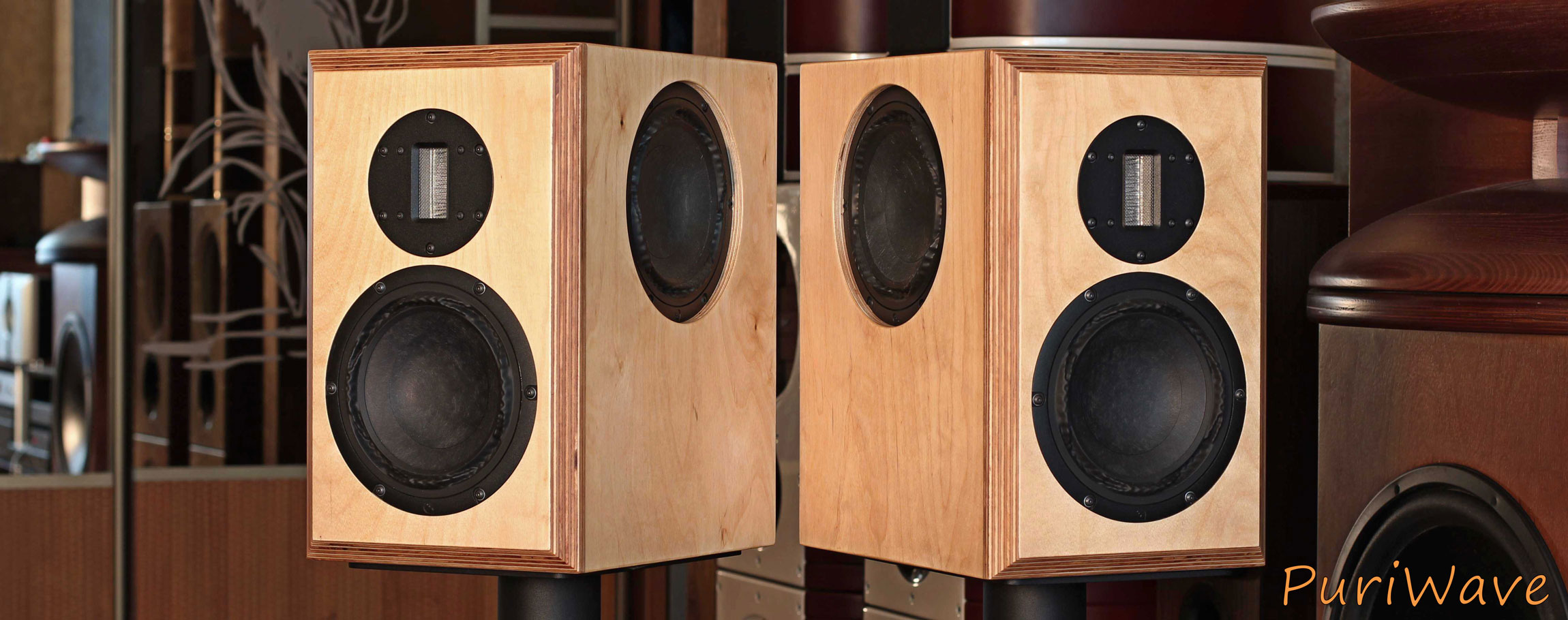

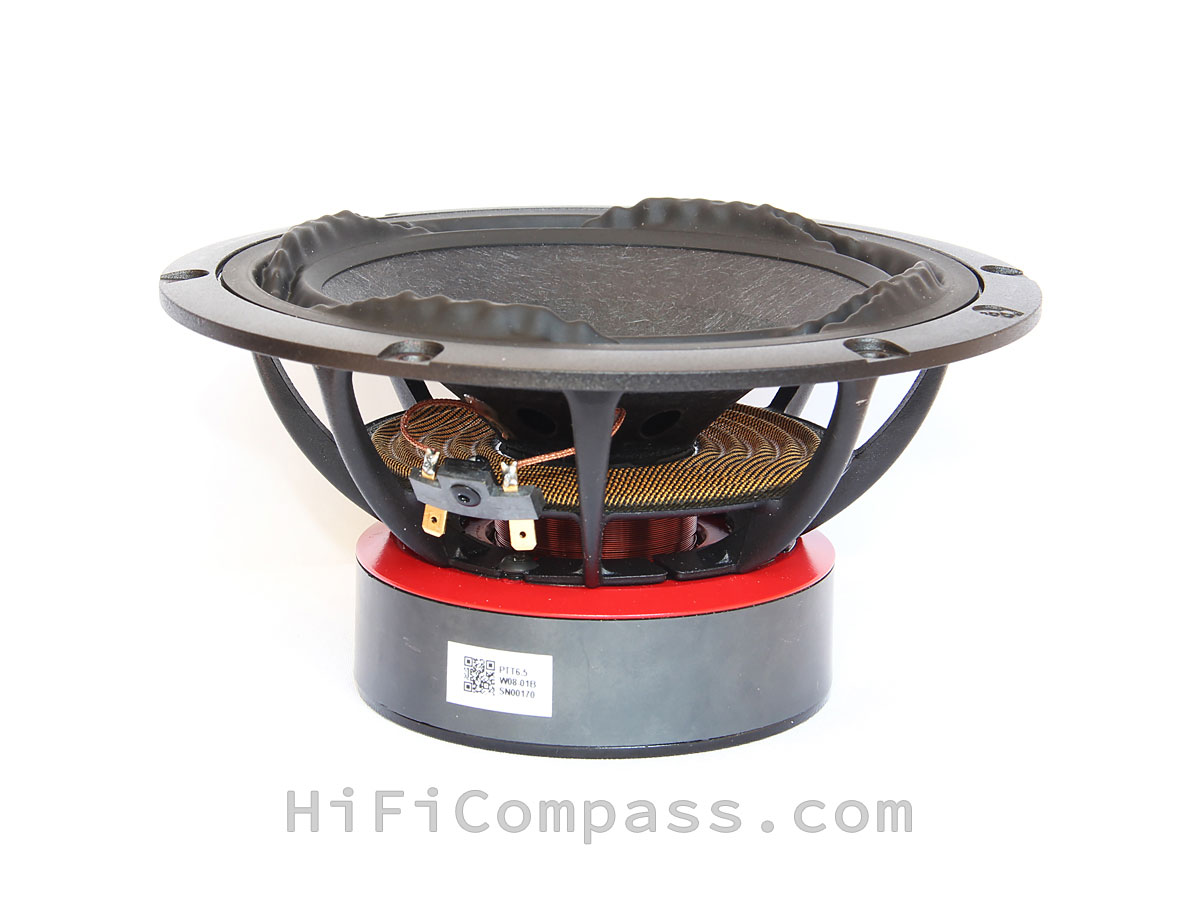

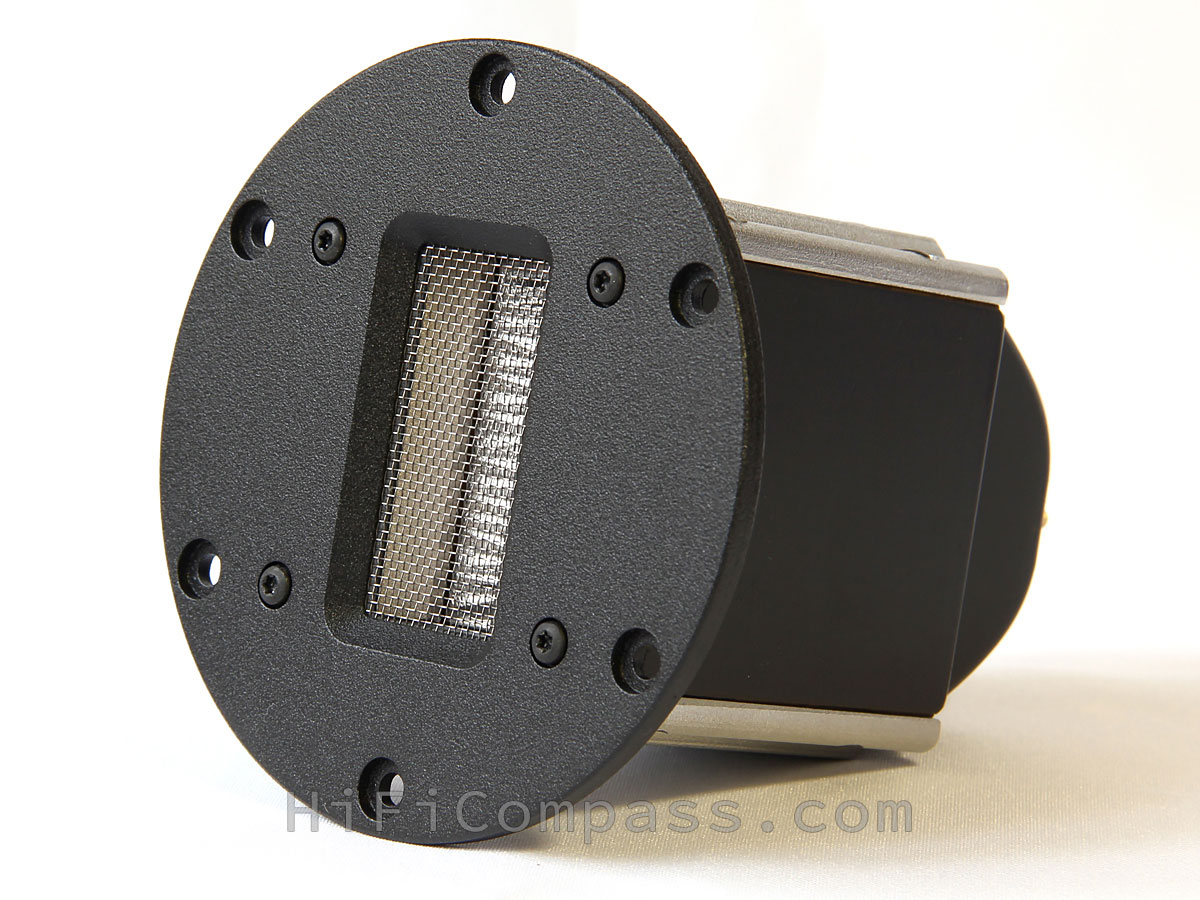

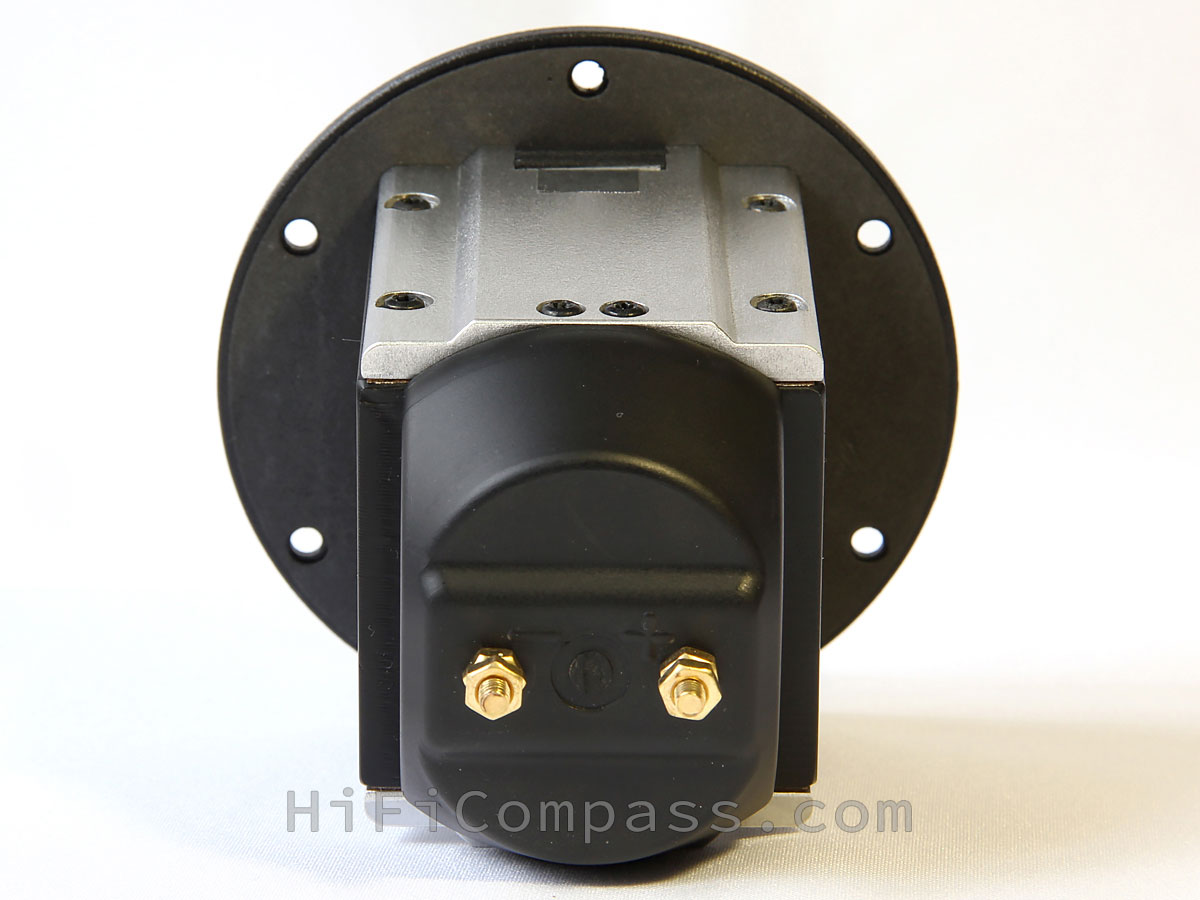

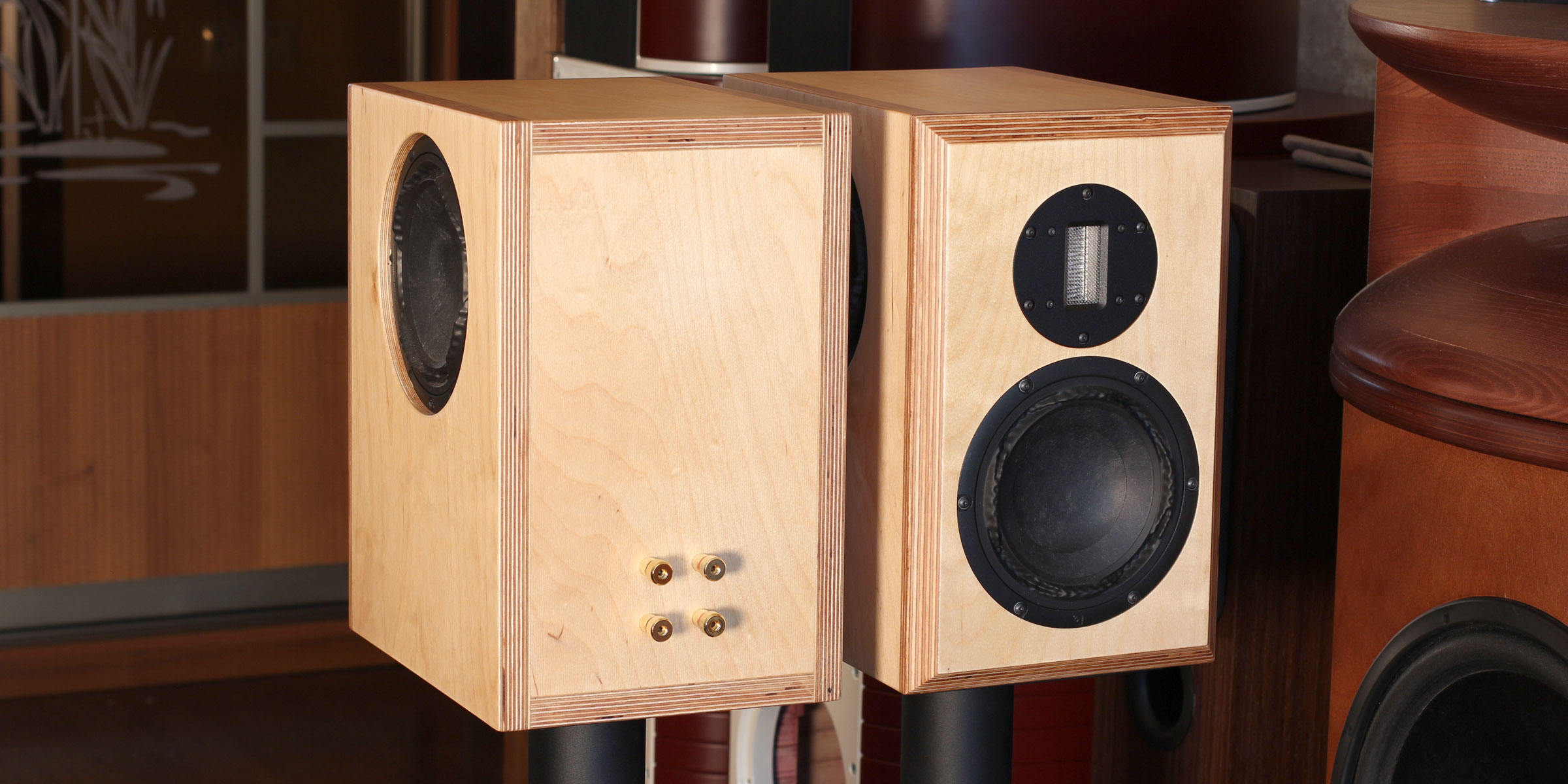
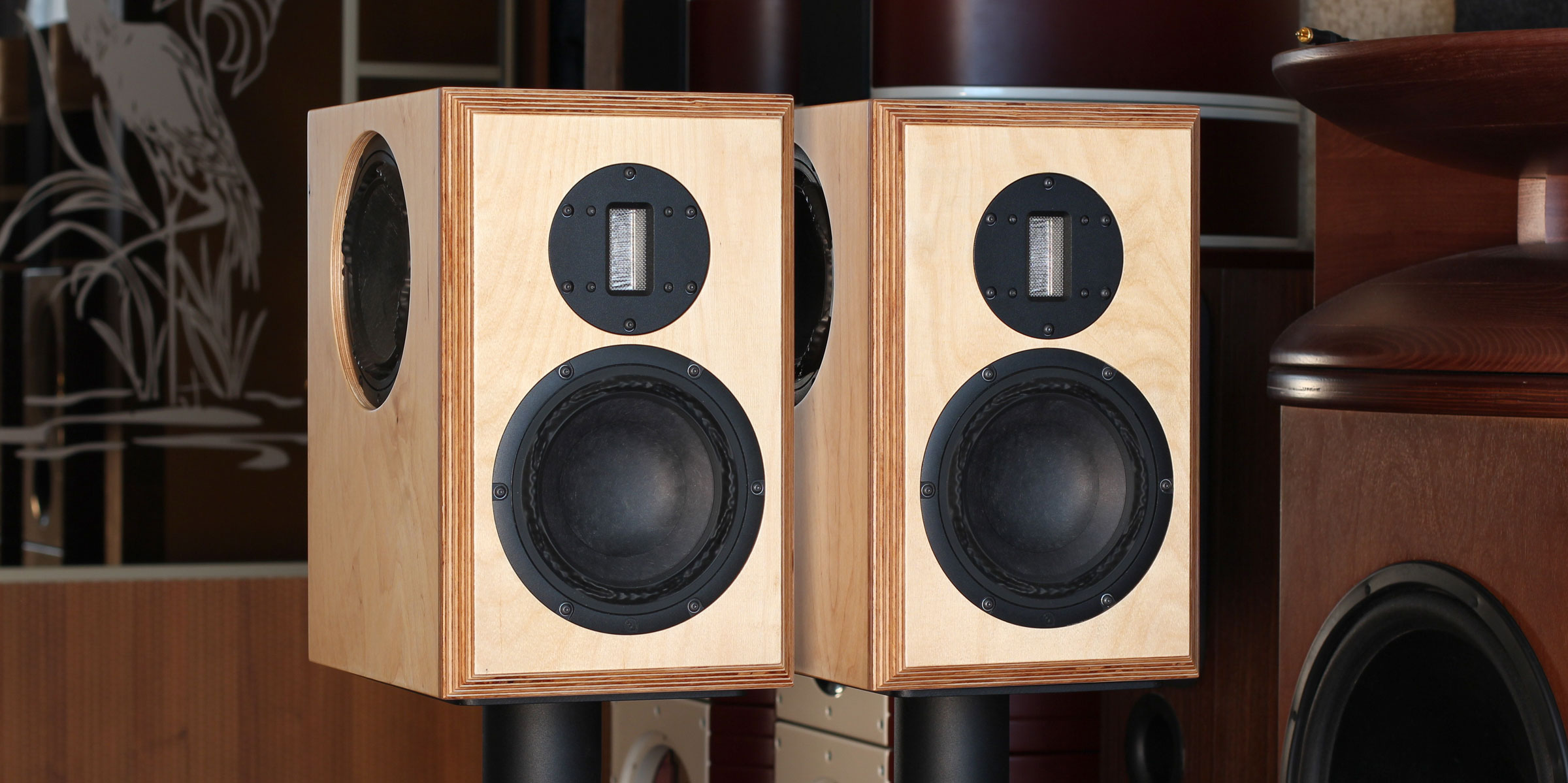

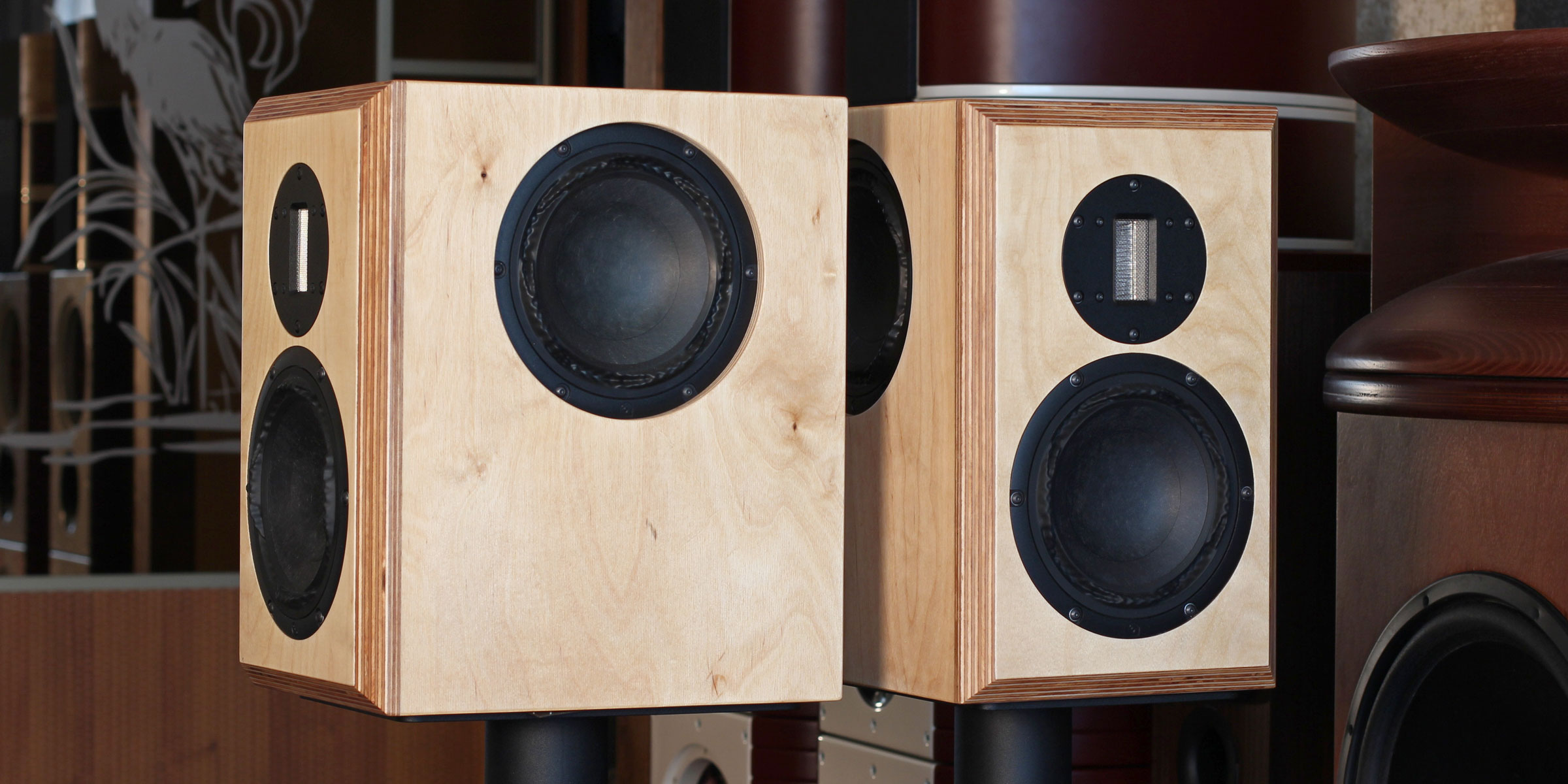

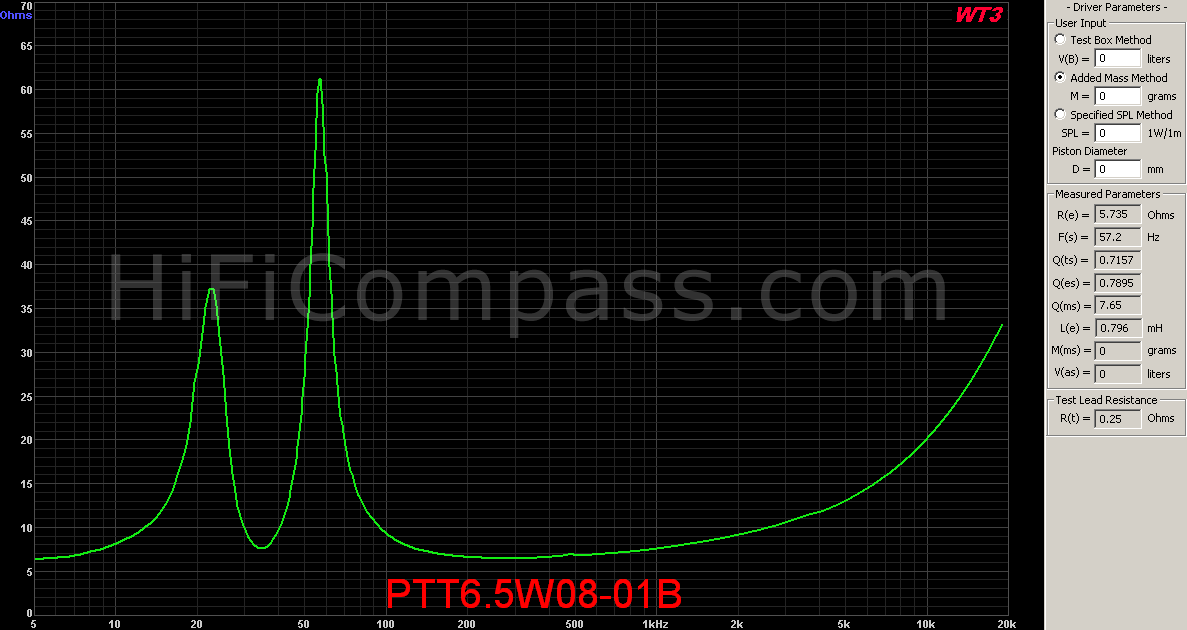
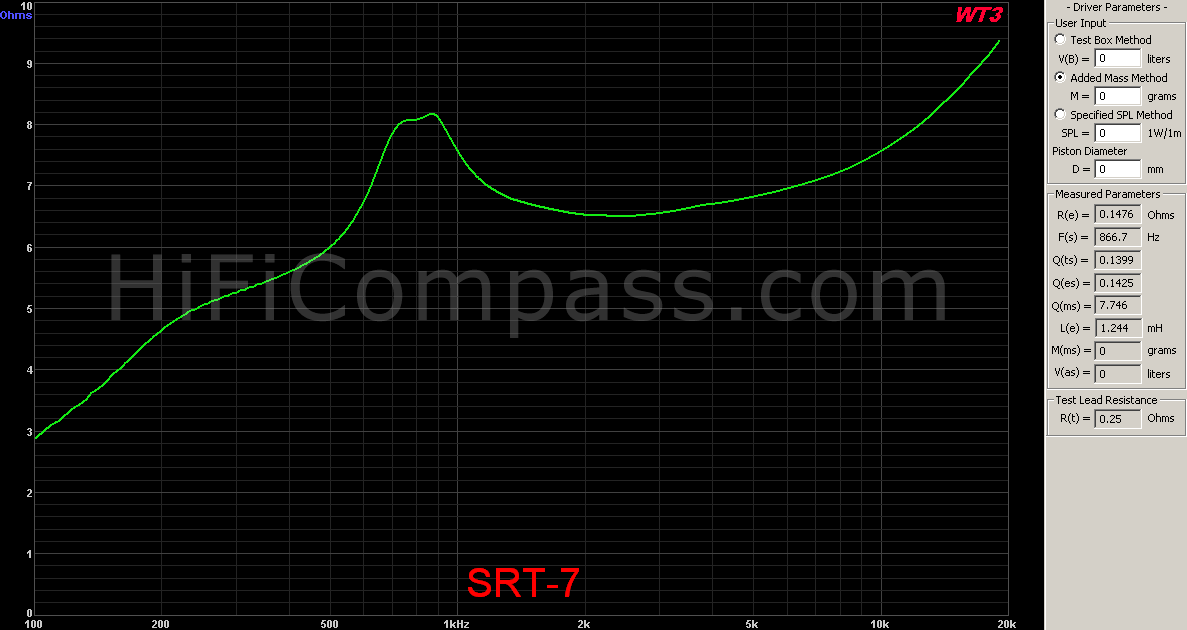
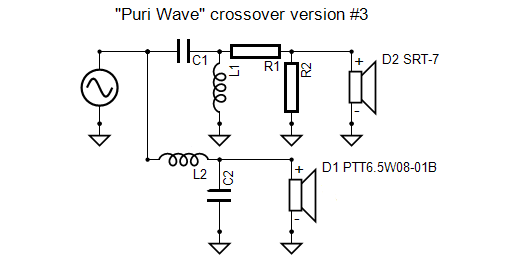
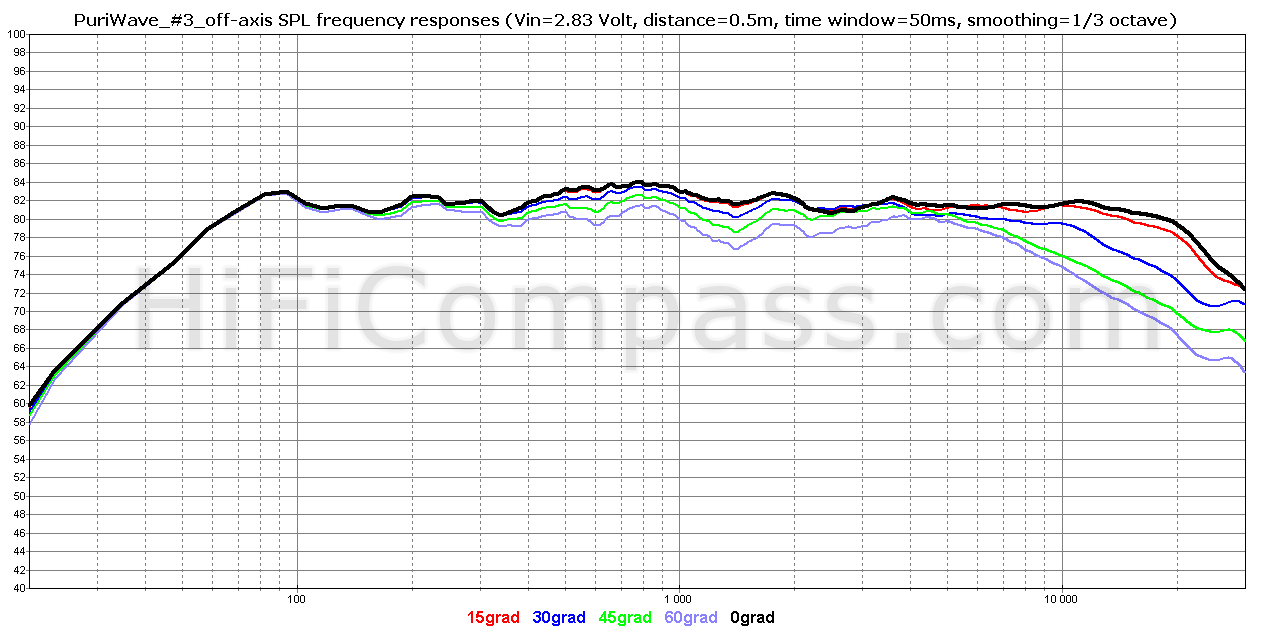
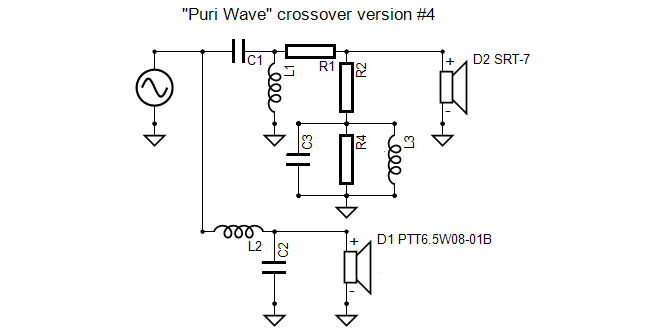
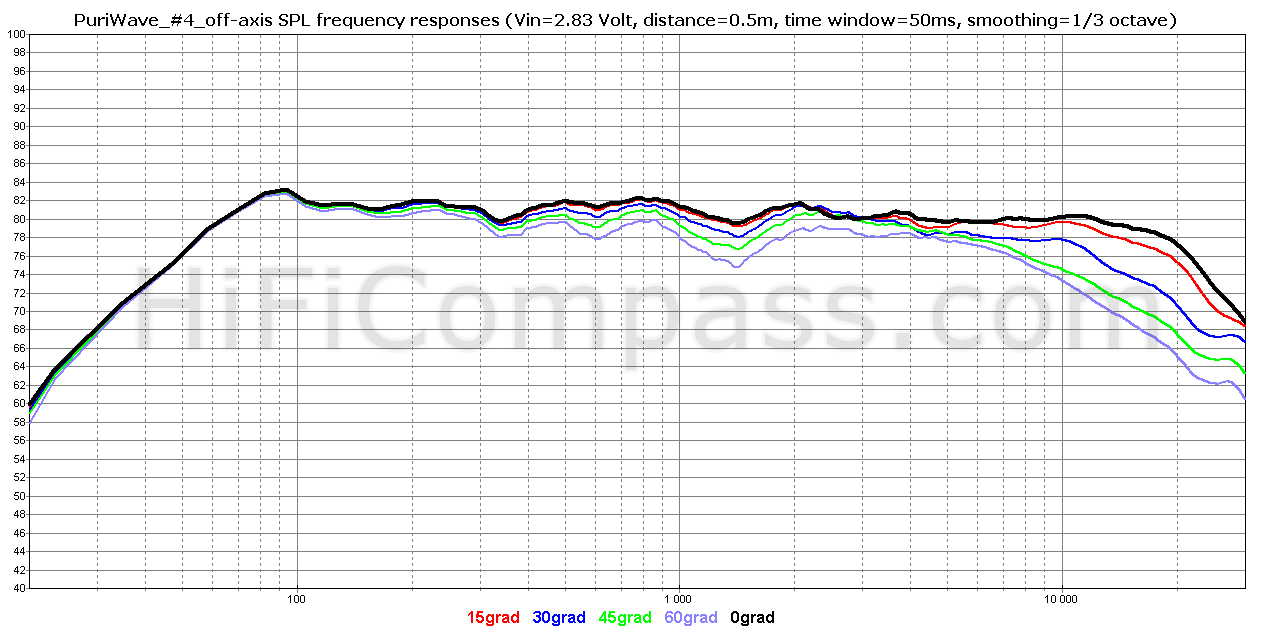
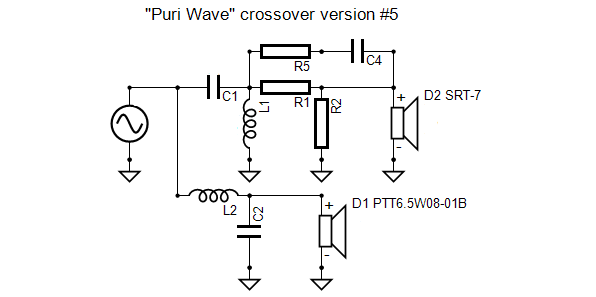
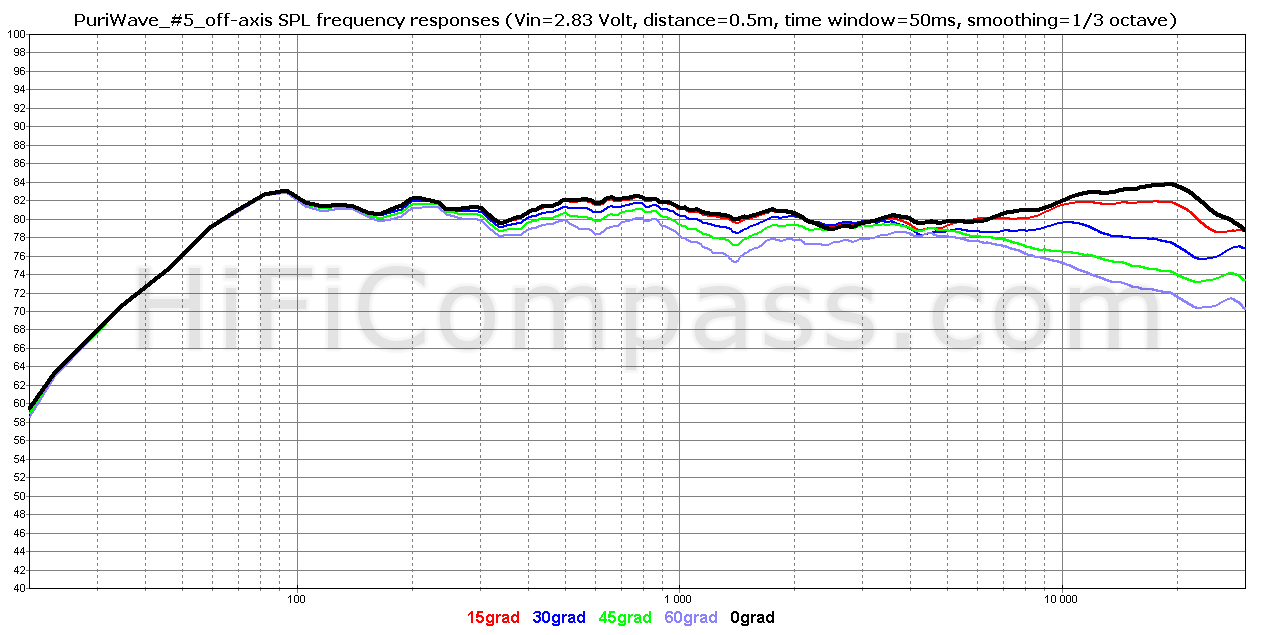
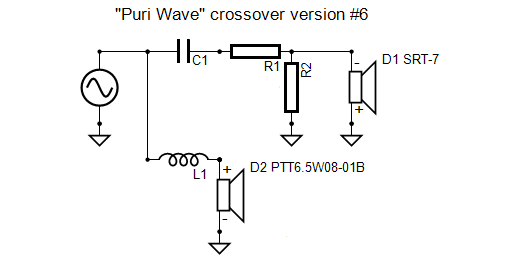

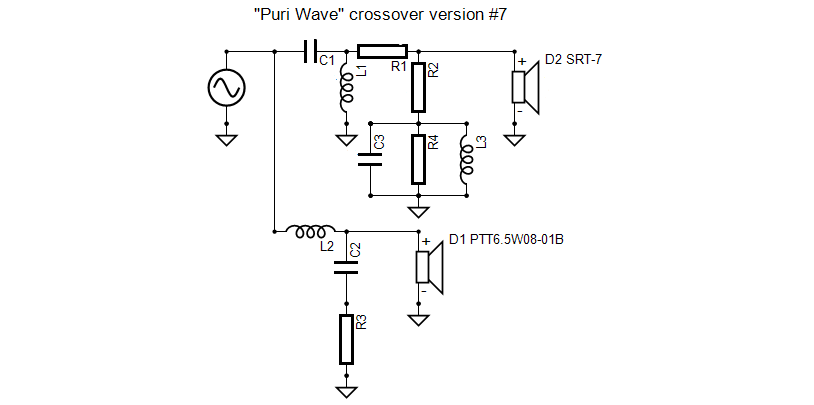
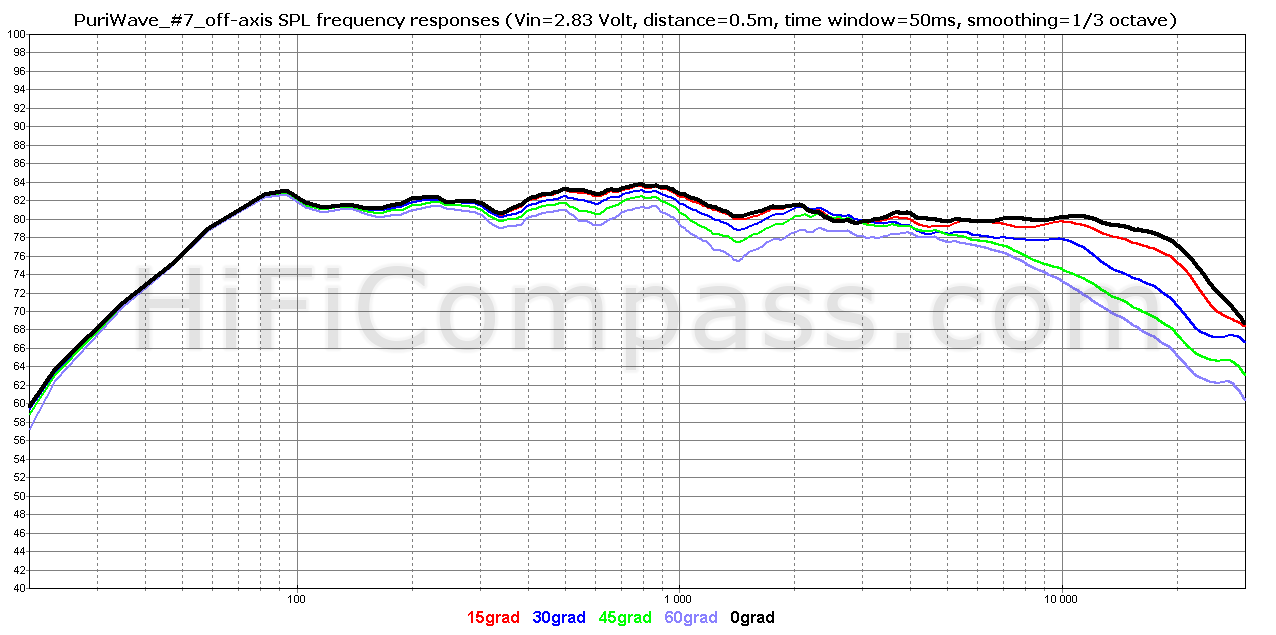
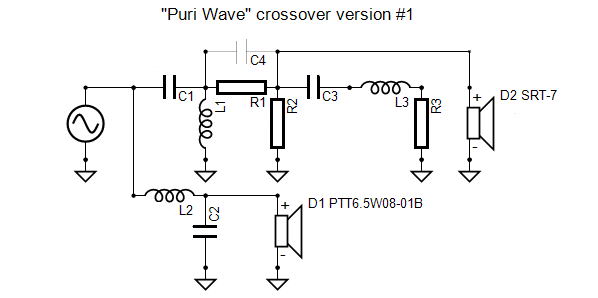
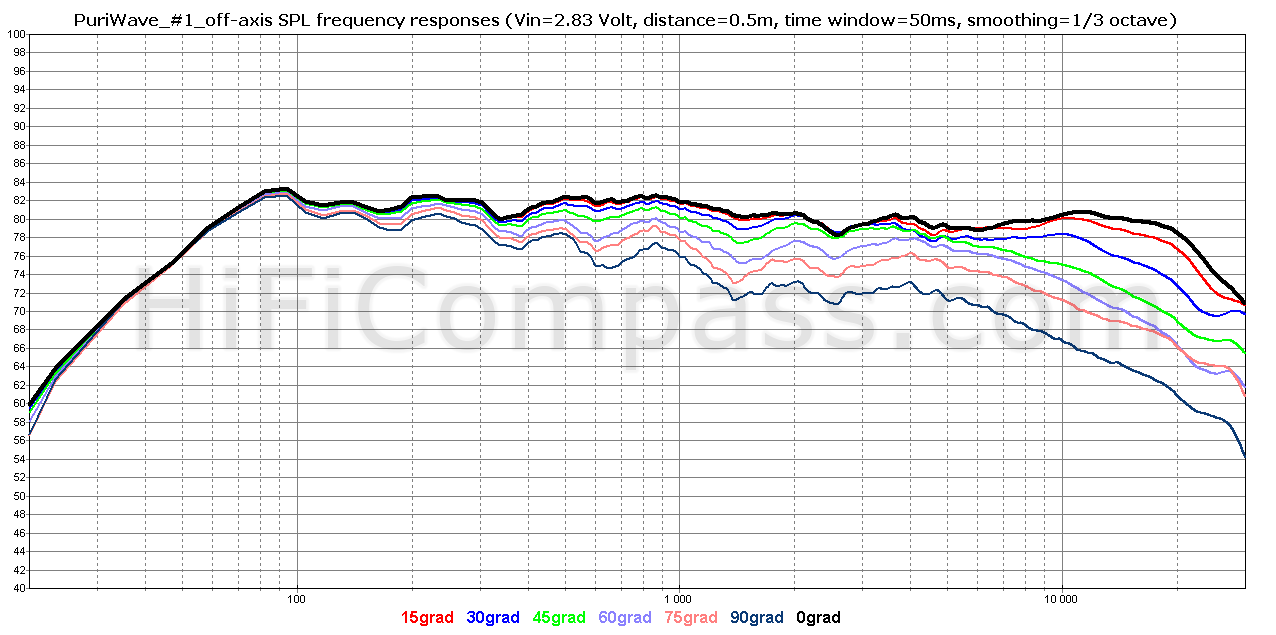


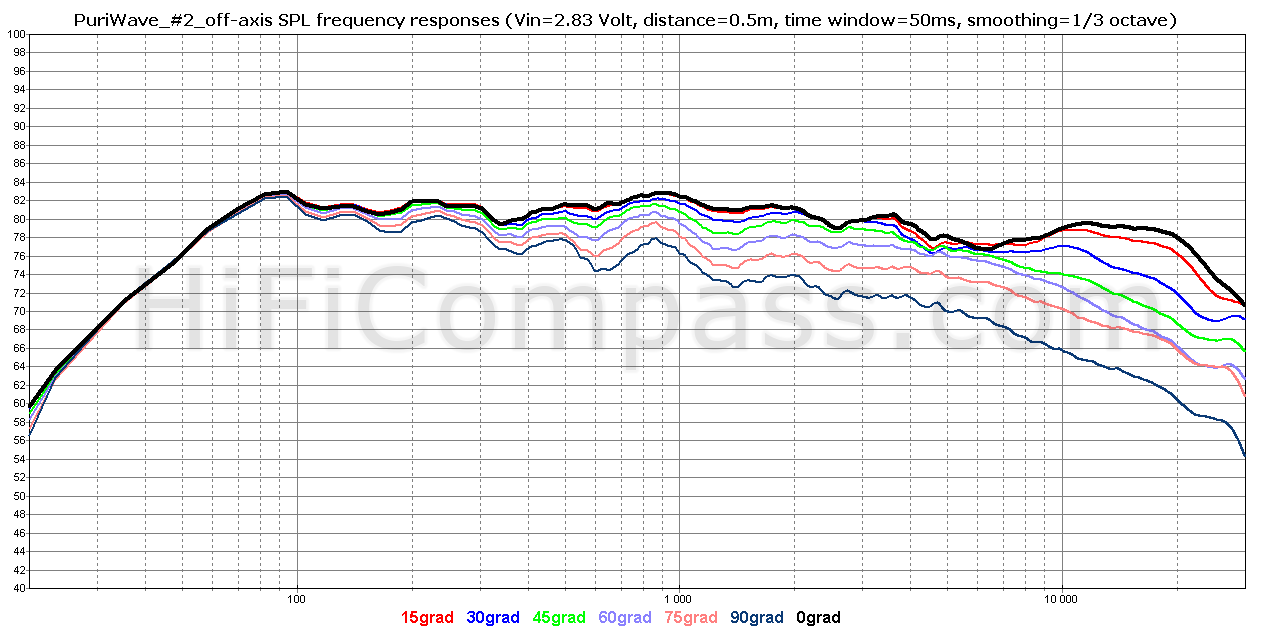

















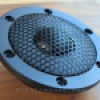
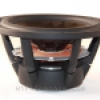
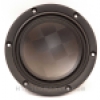

Comments (2)
Thank you Yevhen!
I would like to add some photos of this project, that Yevhen sent me:
Well done Yevhen!
Hi, I'm that happy owner of the first pair of PuriWaves.
I use the speakers in my home office 8m2. Sometimes as is and sometimes with the 12" sub to annoy the neighbors:)
Quite a long time ago I started with the original application note from Purifi SPK5. I really liked the LF driver but that AMT tweeter was quite annoying. Don't know why, some experts on ASR say those AMTs are not usable below 5kHz. Anyway, I've got quite disappointed and was going to return the drivers. But then, luckily, Yevgeniy came up with the solution on the proper tweeters and that tremendously changed the sound. In the measurements and subjectively. Mids and highs suddenly became cristal clear. So, finally, I could enjoy the music and focus my attention on the positive sides of the the Purifi's driver like upper bass and mids instead of faulty 3kHz region of SPK5.
I tried both crossover types shown in this article and kept the 2nd order one. Probably, because of smoother freqency response around 1kHz. Although, after half year or so, the sound started feeling a bit dirtier in the same 1kHz region. After measuring FR and comparing to the initial results, I noticed ~2dB bump. In both speakers! Same mid-range bump you can see in the datasheet from Purifi. Interesting, but the brand new speaker was much flatter. Fortunately, that issue was easy to solve with a simple notch filter. After another 6 moths the FR remains ruler flat.
What I find really fenomenal in these speakers is a tight upper bass, very transparant mids and gentle highs.
Job is well done Yevgeniy! Thanks!